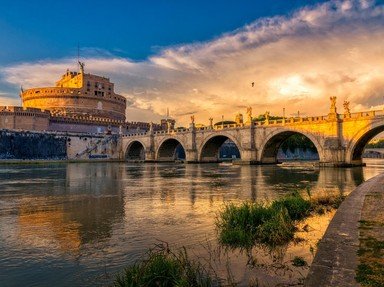Quiz Answer Key and Fun Facts
1. The origins of the Lupercalia go back in time so far that even the ancient Romans were unsure as to why they performed some of the associated rituals.
2. On what date did the ancient Romans celebrate the Lupercalia?
3. After which animal was the Lupercalia named?
4. During the sacred Lupercalia ritual two types of animals were sacrificed. One was a young dog. What was the other?
5. After the animals were sacrificed the people were invited to feast. Which small, prestigious group made mealcakes that were used as an offering to the gods, as well as food for the crowd?
6. Priests called Luperci ran through the crowds of people at the Lupercalia, performing a certain act. What did young women hope would happen to them at this time?
7. What was the purpose of the Lupercalia for the ancient Romans?
8. Julius Caesar famously used the Lupercalia festival to stage which of the following very public actions?
9. There are some who believe that the origin of the Lupercalia in Rome came from the Greeks. Which of their deities had a sanctuary in the same area where the Arcadian Lykaia was held?
10. The Lupercalia festival was banned when Christianity was legalized in the Roman Empire.
Source: Author
ponycargirl
This quiz was reviewed by FunTrivia editor
bloomsby before going online.
Any errors found in FunTrivia content are routinely corrected through our feedback system.
